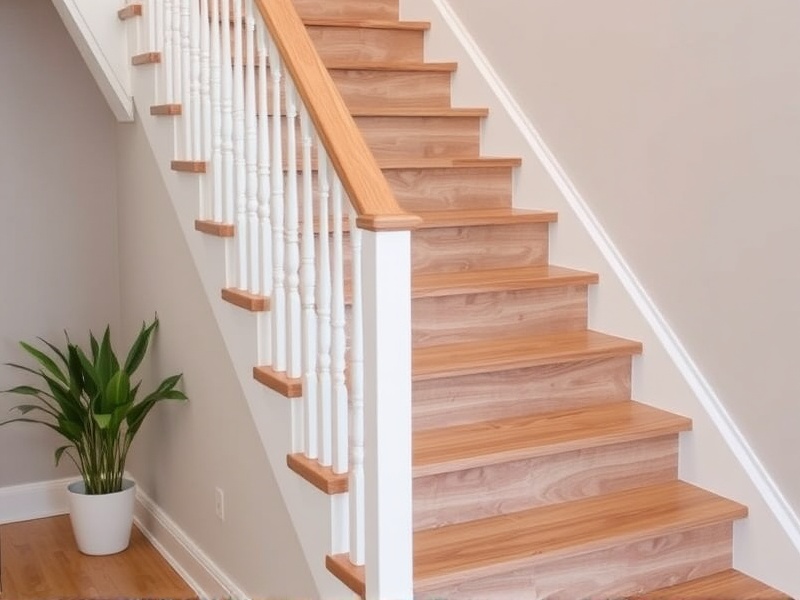Our Location
304 North Cardinal St.
Dorchester Center, MA 02124
Get expert advice on designing and installing composite stairs, covering aesthetic considerations, safety standards, and installation tips.

Composite stairs have gained significant popularity in recent years due to their durability, low maintenance requirements, and aesthetic appeal. These stairs are typically made from materials like fiberglass or engineered wood, which combine the best properties of traditional building materials. When designing composite stairs, it is crucial to consider various factors such as structural integrity, safety standards, and practical installation techniques. This article provides a comprehensive guide on how to design composite stairs effectively.
When designing composite stairs, several key elements need to be addressed to ensure both functionality and safety. The first element is the choice of material. Composite materials like fiberglass or engineered wood offer excellent resistance to moisture, rot, and insects, making them ideal for outdoor applications. Additionally, these materials can be customized to match various architectural styles and color schemes.
The second element is the stair dimensions. Adhering to local building codes and guidelines is essential. For instance, the riser height (the vertical distance between steps) should not exceed 7.75 inches, while the tread depth (the horizontal distance) should be at least 10 inches. Proper spacing ensures comfort and safety for users.
The third element involves the design of handrails and balusters. Handrails must be securely attached and positioned at a height of 34 to 38 inches above the nose of the treads. Balusters should be spaced no more than 4 inches apart to prevent falls. These features not only enhance the aesthetics but also provide necessary support and safety.
Composite stairs must comply with specific safety regulations to ensure user safety. Building codes such as those outlined by the International Code Council (ICC) provide detailed guidelines for stair construction. For example, the ICC mandates that all stairways must have at least one handrail and that handrails must extend beyond the top and bottom risers. Compliance with these regulations is crucial to avoid legal issues and ensure the longevity of your project.
Moreover, regular inspections and maintenance are vital to keep composite stairs safe and functional. Regular checks for loose connections, wear, and tear can help identify potential hazards before they become serious problems.
The installation process for composite stairs requires precision and adherence to manufacturer guidelines. Proper preparation of the site is critical. Ensure the surface is level and free from debris. Use appropriate fasteners and adhesives recommended by the manufacturer to secure the stairs firmly. Incorrect installation can lead to instability and safety risks.
Another practical tip is to consider the climate conditions of your location. Extreme weather conditions may affect the performance of composite materials. Choosing materials rated for your specific climate zone can enhance durability and longevity.
Lastly, consult with professionals during the installation phase. While DIY projects can save costs, complex installations often require expert knowledge to ensure everything is done correctly. Professional installers can provide valuable insights and ensure compliance with all necessary regulations.